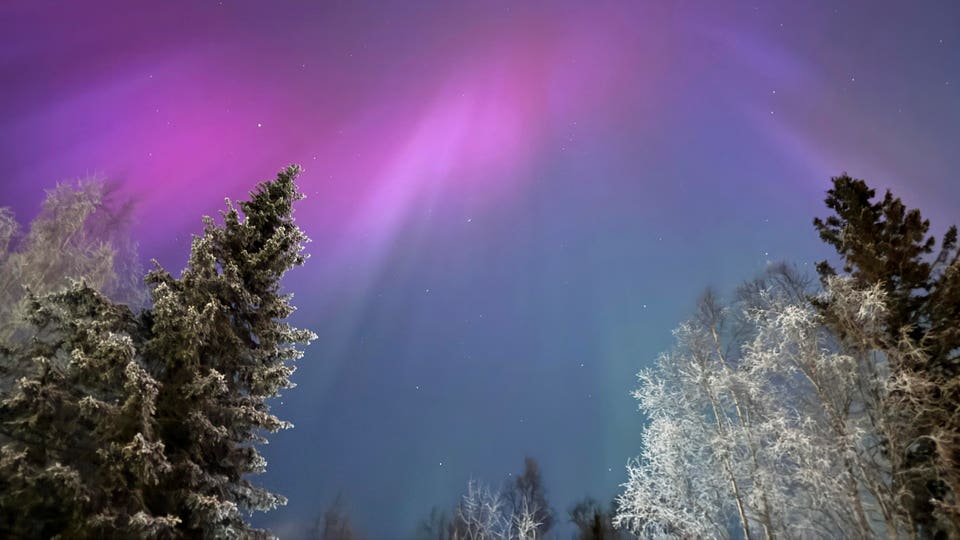Color is critical to our lives, it affects our mood, choices, and preferences. But have you ever thought about universal most color in the world? Though it can vary from person to person, studies and surveys over the years have proven, time and again, that blue is the most preferred color in the world. In this piece we’re first going to look at why this could be the case, before a deeper look at other colours, and split across cultures and demographics.
The Popularity of Blue
Why Blue?
In multiple countries and among various demographics, blue is consistently ranked as the number one favorite color according to various surveys including YouGov. So here are a few reasons blue bears this title:
- Aspects Linked with Nature: Blue is associated with the sky and water which give rise to a sense of tranquillity and calm. These natural associations help explain its broad appeal.
- Psychological Impact: Blue is known as a cool color that induces peace in the mind. Commonly used in settings where relaxation can benefit the patient, this includes spas and even hospitals. And the best thing is that psychologically, it attracts many more people to choose it as such.
- Cultural Context: Blue is often associated with trust, loyalty, and security in many cultural contexts. That’s why so many companies, particularly in tech, use blue in their logos and marketing materials.
Demographic Variations
Blue is the most popular color in the world, though preferences are often split along the lines of gender and age. For example, research indicates that men tend to prefer blue more than women do. Blue is the preferred color for around 40% of men in the United States, but only 24% of women. But blue still remains a common color for both sexes.
Other Popular Colors
Although blue is the most popular color there are other colors that are quite popular. Here are some of the more common colors and what they are associated with:
Green
Green is the color of nature, growth, and renewal. This symbol of health and tranquility is a common choice for brands focused on wellness and sustainability. Green is often used in marketing natural products and services as eco-friendly.
Red
Red is a lively color that inspires powerful feelings. It’s typically linked to vigor, zeal, and intensity. “We’ve all seen the global brands, like Coca-Cola and McDonald’s, using that red in their images that extract the attention and stimulate the appetite. Red is not just associated with passion but also anger, which may hinder its appeal among the user base.
Purple
Purple is considered a color of luxury and creativity. As it is connected to both royalty and spirituality, it becomes a favorite color for brands that want to shine sophistication. Purple, while not so widely liked as blue or green, has its fans.
Yellow
On the color wheel, yellow is next to green; it is products that are yellow that we associate with lightness, cheerfulness and happiness. It is frequently used in marketing to catch the eye and evoke a feeling of coziness. However, excessive amounts of yellow can be overpowering, so it is rarely used in excess.
Cultural Influences on Preference for Colors
- Color = cultural preferences differ widely from one context to another. Colors may have different connotations between regions, blue for example is universally popular but some other colors are different in meaning in various regions:
- Red: Red in western cultures usually relates to love and passion, whilst in some eastern cultures it is seen as a symbol of good fortune and happiness.
- Black: In many Western societies, black symbolizes death and darkness, whereas in other cultures, it symbolizes power and protection.
- Black: In fashion, black is associated with elegance and sophistication, but in different cultures it can also symbolize death and negativity.
These cultural nuances are important for brands and marketers to understand when engaging with various audiences.
How Color Affects Decision-Making
It has seen that colors can impact the way consumers behave and make decisions. Here are a few ways in which color affects our choices:
Brand Recognition: The intentional use of color can create a sense of brand identity. For example red is linked to Coca-Cola or blue to Facebook.
Emotional Triggers Colors can create specific emotions that encourage purchases. For example, red and orange are warm colors that evoke a sense of urgency.in turn, inspiring the consumers to make an immediate action.
Color that attracts: Reach different faces with colorful advertisements. Which is why so many ads feature bright colours to draw attention to a key message or special offer.
Conclusion
So, on that note, what is the world’s most popular color? The answer is the color blue, a color that appeals across cultures and demographics. From its connections to nature, psychological ramifications, and cultural relevance, there are a lot of things to like about the color. We should realize that, although blue is the most frequently appealing hue; green, red, purple or yellow are generally appealing colors, each with its own associations and meanings.
Brands and marketers can really learn a lot from understanding color preferences.





